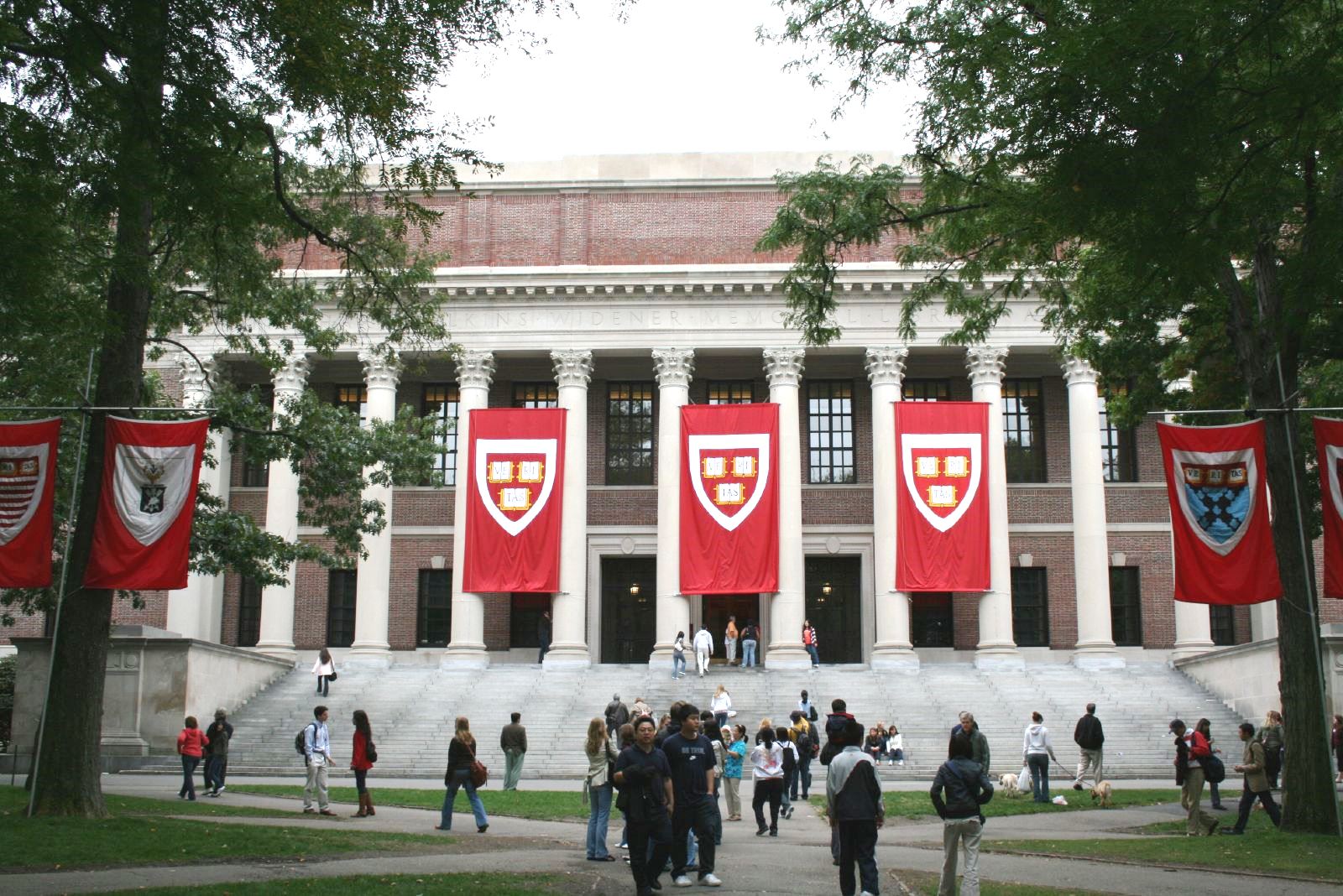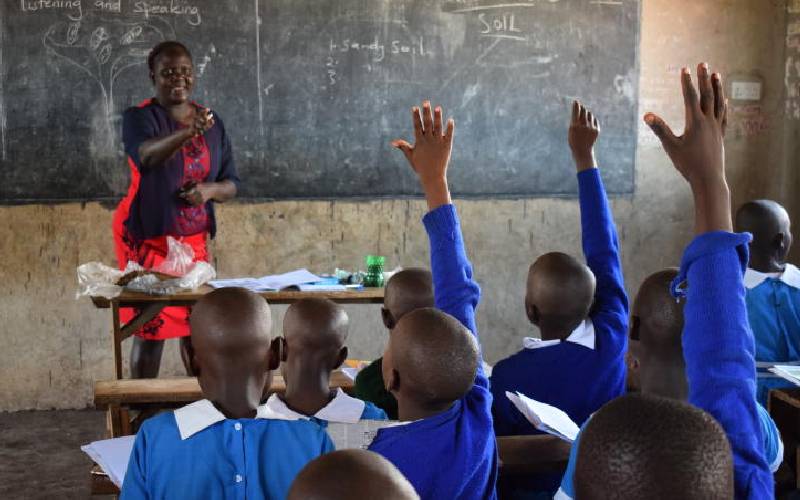As we approach 2025, a looming crisis is casting a shadow over the US higher education landscape. A projected sharp decrease in the number of high school graduates in the country is expected to trigger what experts are referring to as an “enrollment cliff.” This demographic shift, coupled with other economic and labor market factors, could significantly impact the number of students enrolling in US colleges and universities.
The roots of this crisis can be traced back to the 2008/09 global economic crisis. The financial uncertainty and widespread unemployment during this period led to a significant drop in birth rates, setting off a demographic time bomb with an 18-year fuse. As we approach the end of that fuse, the consequences are starting to be felt on campuses across the country.
The Unequal Impact
While the enrollment cliff is expected to affect all institutions somewhat, not all will be equally impacted. Elite and selective colleges may not see a significant decline in enrollment, but the broader field of US colleges faces a much greater risk. These demographic, economic and labor market shifts are significant enough that colleges of all types will need to adjust their planning accordingly.
Overcoming the Cliff: A New Strategy Needed
To counteract the impact of the declining pool of domestic students, institutions need to rethink their strategies.
“Institutions will need to adapt to a smaller pool of prospective students, regardless of whether they’re recruiting from neighboring states or their own backyards,” said Raghwa Gopal, CEO of M Square Media (MSM), an education management company.
A more active and sophisticated recruitment effort on the part of US colleges is anticipated. This could include a greater focus on student retention, streamlining admissions processes, and expanding programme delivery for remote and hybrid learners.
The Role of International Students
International students are expected to play a critical role in counteracting the enrolment decline. These students not only bring in long-term tuition revenue but also fill much-needed talent gaps in an already stressed labor market. A recent study found a resurgent interest in US higher education among international students, especially from emerging markets in Africa, South Asia and Southeast Asia.
Gopal emphasized the importance of international students in this context: “International students provide a growing and diverse pool of prospects with strong academic foundations and robust English language skills. They are not just filling classrooms, but also contributing significantly to the cultural and intellectual vibrancy of our campuses.”
The Need for Proactive Recruitment
US institutions are showing signs of moving away from traditional “armchair recruiting” towards a more proactive approach.
More than six in ten US colleges were found to be actively engaging with education agents. Despite this sector-wide shift, not all colleges have taken steps to ensure internal alignment around expanded international recruitment, or are prepared to invest further in building global markets.
“Colleges need to understand that recruiting international students is not just about offsetting declining domestic enrollment numbers. It’s about creating a global learning environment that prepares all students for an increasingly interconnected world,” said Gopal.
In the face of the impending enrollment cliff, it is clear that US higher education institutions will need to adapt their strategies to navigate these demographic shifts and maintain their standing in the global educational arena. The role of international students and proactive recruitment strategies will be crucial in this journey.
By Our Reporter
Get more stories from our website: Education News
You can also follow our social media pages on Twitter: Education News KE and Facebook: Education News Newspaper for timely updates.






